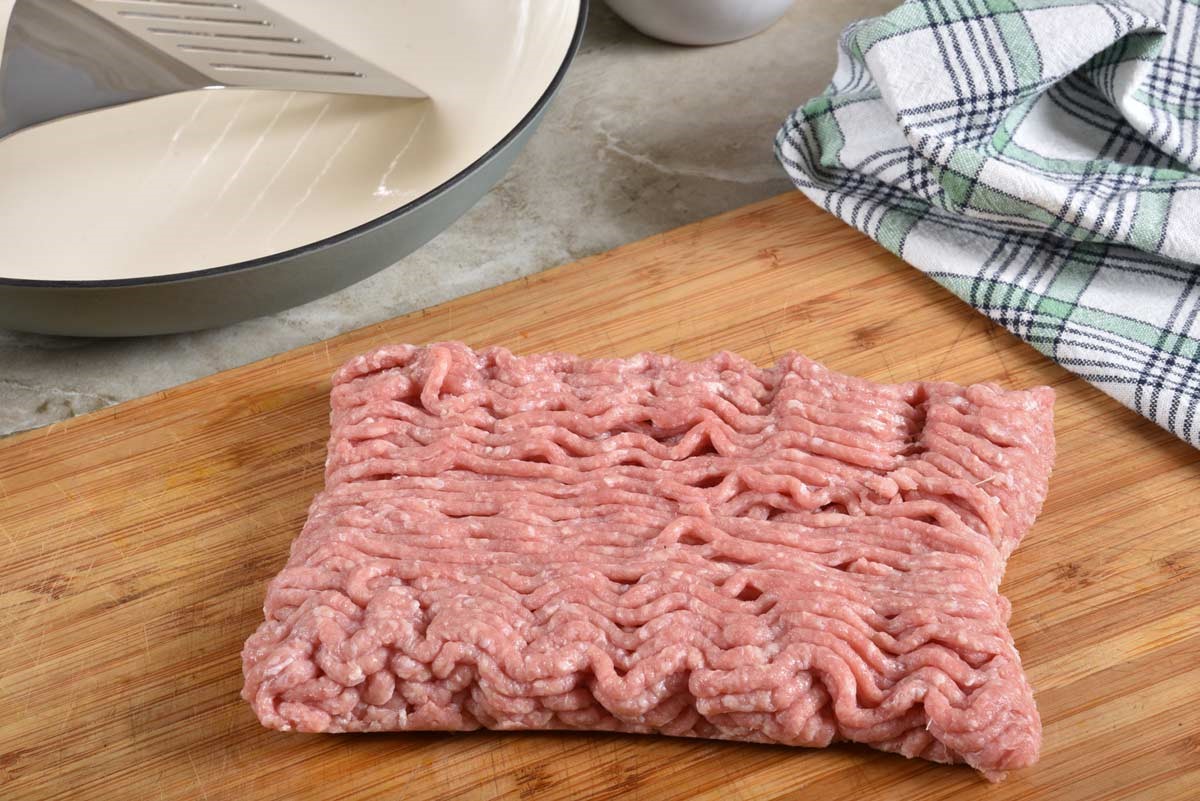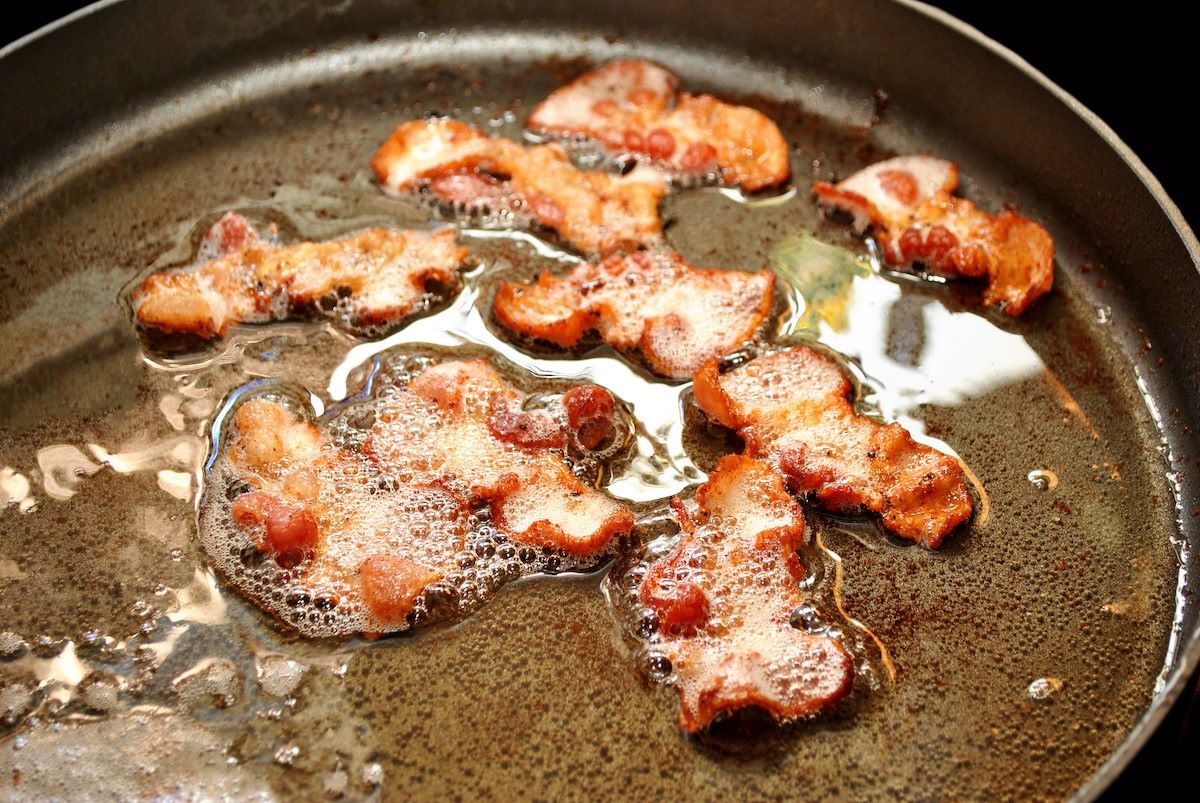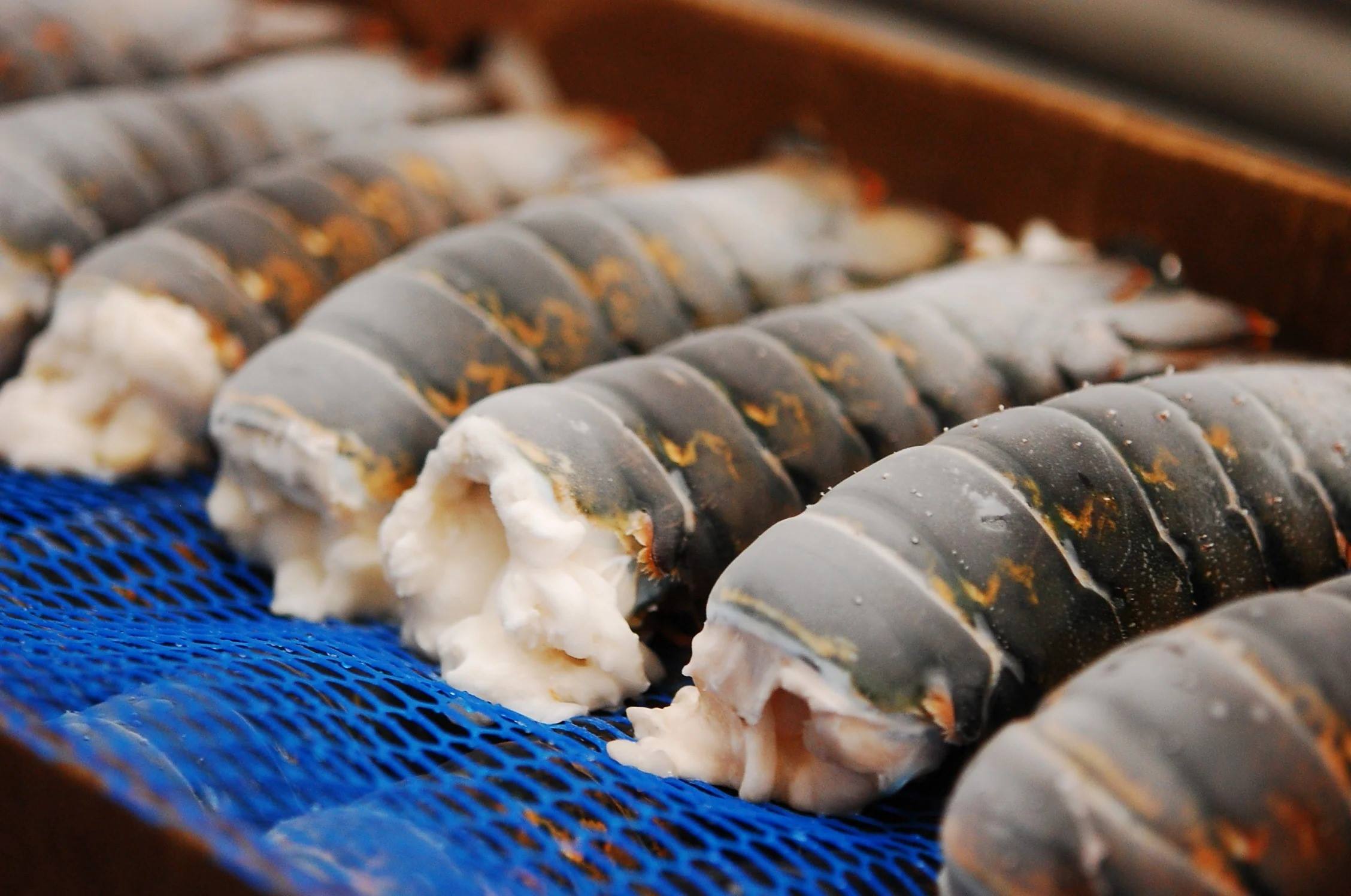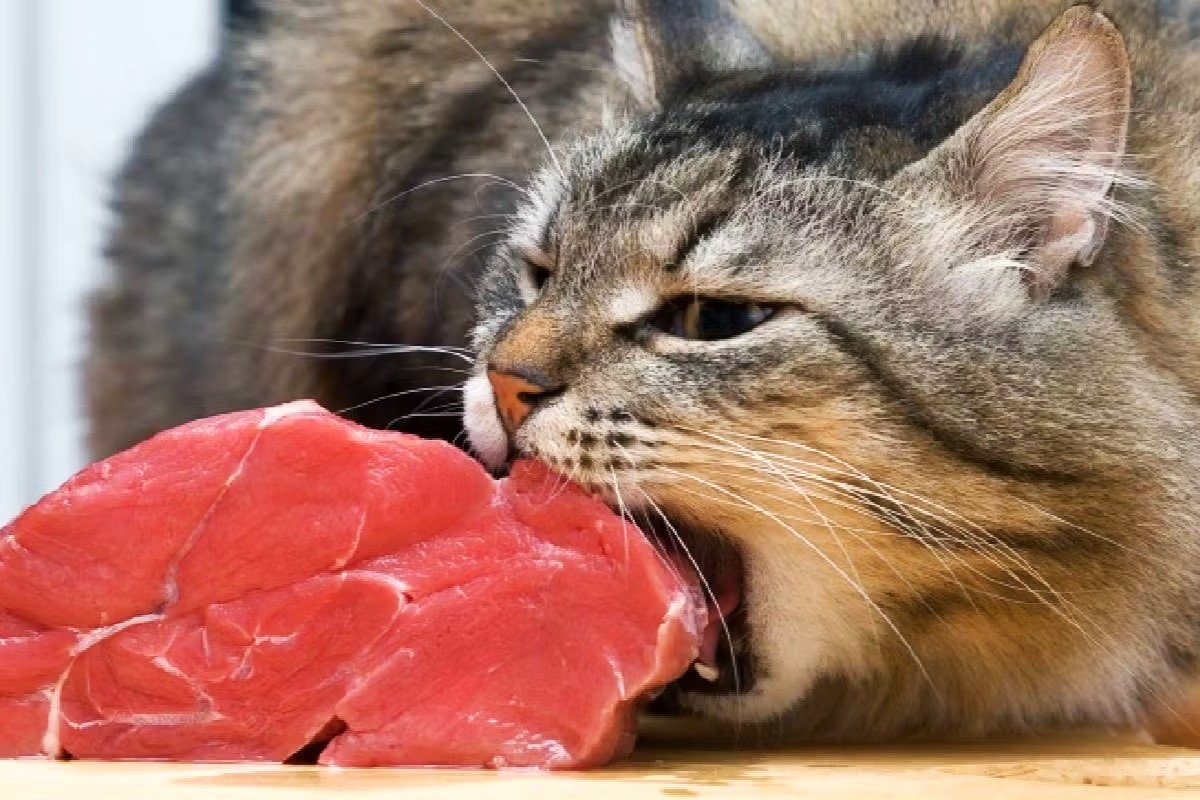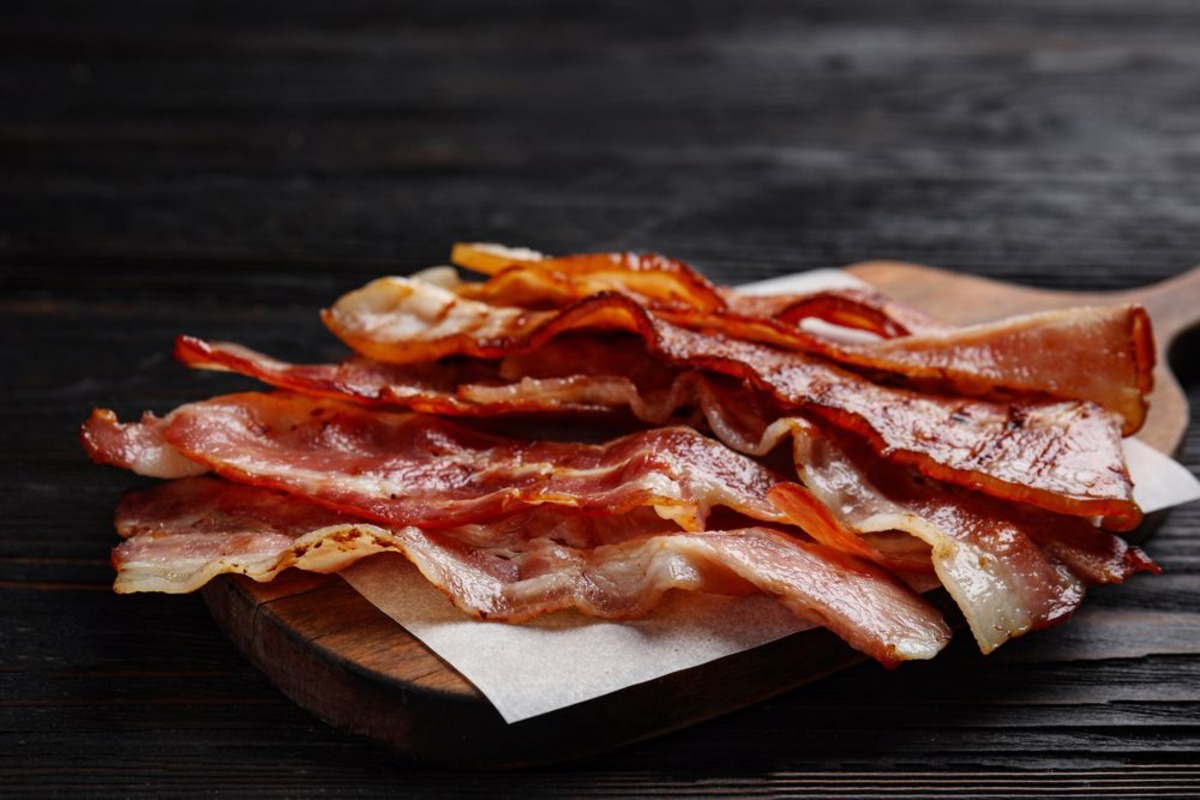Home>Food and Cooking>How To Defrost Bacon
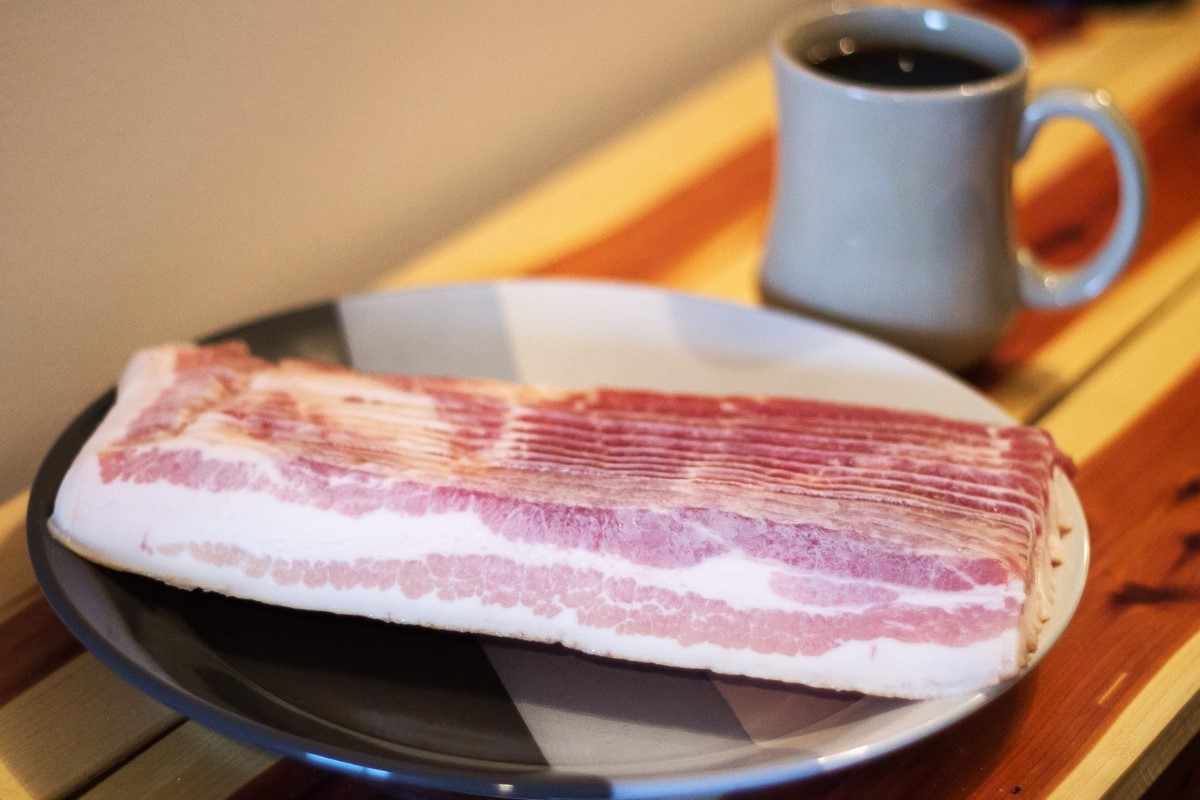

Food and Cooking
How To Defrost Bacon
Published: February 28, 2024
Learn the best methods for defrosting bacon safely and quickly. Discover expert tips for food and cooking enthusiasts.
(Many of the links in this article redirect to a specific reviewed product. Your purchase of these products through affiliate links helps to generate commission for Noodls.com, at no extra cost. Learn more)
Table of Contents
Introduction
Defrosting bacon is a common kitchen task that many of us encounter. Whether you've purchased a bulk pack of bacon and need to thaw a portion for immediate use or have leftover frozen bacon from a previous meal, knowing the best methods for defrosting bacon can ensure that it retains its flavor and texture.
When it comes to defrosting bacon, it's essential to do so safely to prevent the growth of harmful bacteria. Improper thawing can lead to foodborne illnesses, so understanding the proper techniques is crucial for maintaining food safety standards in your kitchen.
In the following sections, we will explore various methods for defrosting bacon, including using the refrigerator, cold water, and the microwave. Each method offers its own set of advantages, and understanding the nuances of each approach can help you choose the most suitable method based on your specific needs and time constraints. Additionally, we will provide valuable tips to ensure that your bacon defrosts efficiently while maintaining its quality.
By familiarizing yourself with the best practices for defrosting bacon, you can streamline your meal preparation process and enjoy delicious, perfectly thawed bacon in your favorite recipes. Let's delve into the methods and tips for defrosting bacon to elevate your culinary skills and ensure a safe and enjoyable cooking experience.
Read more: How To Defrost Salmon
Methods for Defrosting Bacon
When it comes to defrosting bacon, there are several methods to choose from, each offering its own advantages. The key is to select the method that best suits your timeline and preferences while ensuring that the bacon thaws safely and efficiently. Here are the three primary methods for defrosting bacon:
Using the Refrigerator
Defrosting bacon in the refrigerator is a reliable and hands-off method that allows for gradual thawing. Simply place the sealed package of frozen bacon on a plate or a shallow dish to catch any potential drips, and then transfer it to the refrigerator. It's important to keep the bacon in its original packaging to prevent cross-contamination and maintain its quality.
The refrigerator's cool, consistent temperature promotes safe thawing while preserving the bacon's flavor and texture. While this method requires more time compared to others, it's ideal for planning ahead. Depending on the quantity of bacon and the refrigerator temperature, it may take anywhere from 8 to 12 hours for the bacon to fully defrost.
Using Cold Water
If you need to defrost bacon more quickly, the cold water method is a viable option. Place the sealed bacon package in a leak-proof plastic bag to prevent water from seeping in, and then submerge it in a bowl of cold water. It's crucial to change the water every 30 minutes to maintain a consistent temperature and ensure safe thawing.
This method is notably faster than refrigerator thawing, typically taking about 30 minutes to an hour for the bacon to fully defrost. It's a convenient approach when you need to prepare a meal promptly and don't have the luxury of waiting for the bacon to thaw slowly.
Using the Microwave
For the most rapid defrosting method, the microwave offers a convenient solution. However, it's essential to use the microwave's defrost setting or low power to prevent partially cooking the bacon during the thawing process. If the microwave lacks a specific defrost setting, use the lowest power level and monitor the bacon closely to prevent any cooking.
When using the microwave, it's crucial to defrost the bacon immediately before cooking it to maintain its quality. This method is best suited for situations where time is of the essence, but it's important to exercise caution to prevent uneven thawing or cooking.
By understanding the nuances of each defrosting method, you can choose the most suitable approach based on your specific needs and time constraints. Whether you prefer the gradual thawing of the refrigerator, the expedited process of cold water thawing, or the rapid defrosting of the microwave, each method offers a practical solution for ensuring that your bacon is safely and efficiently thawed for your culinary endeavors.
Read more: How To Defrost Bread
Using the Refrigerator
Defrosting bacon in the refrigerator is a reliable and hands-off method that allows for gradual thawing, ensuring that the bacon retains its quality and remains safe to consume. This method is particularly advantageous when planning meals in advance or when you have the flexibility to allow for longer thawing times.
To defrost bacon in the refrigerator, begin by placing the sealed package of frozen bacon on a plate or a shallow dish to catch any potential drips. It's important to keep the bacon in its original packaging to prevent cross-contamination and maintain its quality. By keeping the bacon in its original packaging, you also minimize the exposure to air, which can help preserve its flavor and prevent it from drying out during the thawing process.
Once the bacon is securely packaged, transfer it to the refrigerator and place it in an area where it can thaw undisturbed. The refrigerator's cool, consistent temperature promotes safe thawing while preserving the bacon's flavor and texture. This gradual thawing process helps maintain the bacon's quality, ensuring that it remains safe to consume while retaining its delicious taste.
The timeframe for defrosting bacon in the refrigerator can vary depending on factors such as the quantity of bacon and the refrigerator temperature. Typically, it may take anywhere from 8 to 12 hours for the bacon to fully defrost. Therefore, it's important to plan ahead and allow sufficient time for the bacon to thaw thoroughly.
While defrosting bacon in the refrigerator requires more time compared to other methods, it offers the advantage of convenience and minimal hands-on effort. This method is well-suited for situations where advanced planning is possible, allowing you to seamlessly incorporate thawed bacon into your meal preparations without the need for immediate thawing.
By utilizing the refrigerator for defrosting bacon, you can ensure that the bacon thaws safely and efficiently, ready to be used in your favorite recipes. This method not only prioritizes food safety but also helps maintain the quality and flavor of the bacon, contributing to a delightful culinary experience.
Using Cold Water
Defrosting bacon using the cold water method offers a practical and efficient approach, particularly when time is of the essence. This method provides a quicker alternative to refrigerator thawing, allowing you to expedite the bacon's readiness for use in your culinary creations.
To defrost bacon using cold water, begin by ensuring that the bacon is securely sealed in its original packaging. This helps prevent water from seeping into the packaging and maintains the bacon's quality during the thawing process. Place the sealed bacon package in a leak-proof plastic bag to provide an additional layer of protection against water exposure.
Subsequently, submerge the sealed bacon package in a bowl of cold water. It's important to use cold water to maintain a safe temperature and prevent the growth of harmful bacteria during the thawing process. Additionally, the use of a bowl ensures that the bacon remains contained and prevents any potential water leakage into the packaging.
As the bacon thaws in the cold water, it's crucial to change the water every 30 minutes. This step is essential for maintaining a consistent temperature and ensuring that the bacon thaws safely and efficiently. By regularly replacing the cold water, you can expedite the thawing process while upholding food safety standards.
The cold water method typically allows the bacon to defrost within 30 minutes to an hour, depending on the quantity of bacon and the initial level of freezing. This makes it a convenient option when you need to prepare a meal promptly and don't have the luxury of waiting for the bacon to thaw gradually.
By leveraging the cold water method for defrosting bacon, you can efficiently and safely prepare the bacon for use in your favorite dishes. Whether you're planning a hearty breakfast or incorporating bacon into a savory recipe, this method offers a practical solution for quickly thawing bacon while maintaining its quality and flavor.
In summary, the cold water method provides a swift and effective approach to defrosting bacon, catering to situations where time is of the essence. By following the recommended steps and ensuring the consistent change of cold water, you can expedite the thawing process and seamlessly incorporate the perfectly thawed bacon into your culinary endeavors.
Using the Microwave
When time is of the essence and you need to defrost bacon quickly, the microwave offers a convenient solution. However, it's essential to approach this method with caution to ensure that the bacon thaws evenly without any risk of partial cooking.
To begin the process of defrosting bacon in the microwave, it's crucial to use the appliance's specific defrost setting or the lowest power level. This helps prevent the bacon from partially cooking during the thawing process, preserving its quality and texture. If your microwave lacks a dedicated defrost setting, setting it to the lowest power level and monitoring the bacon closely can achieve similar results.
When using the microwave to defrost bacon, it's important to avoid leaving the bacon at room temperature for an extended period. Instead, it's best to defrost the bacon immediately before cooking it to minimize the time it spends in the temperature danger zone, where bacteria can multiply rapidly. By following this practice, you can prioritize food safety while efficiently preparing the bacon for consumption.
It's important to monitor the bacon closely during the microwave defrosting process to prevent any uneven thawing or cooking. Checking the bacon at regular intervals and gently separating any pieces that may start to thaw or cook can help ensure that the entire batch thaws uniformly. This attentive approach helps maintain the bacon's quality and minimizes the risk of any undesirable changes in texture or flavor.
The microwave method offers the most rapid defrosting option, making it suitable for situations where time is limited. Whether you need to quickly incorporate bacon into a recipe or prepare a meal on short notice, the microwave provides a practical solution for efficiently thawing the bacon. However, it's important to exercise care and attention to detail to prevent any unintended cooking or uneven thawing, ensuring that the bacon remains safe and enjoyable to consume.
By understanding the nuances of using the microwave for defrosting bacon, you can leverage this method effectively to expedite the thawing process while maintaining the bacon's quality. Whether you're preparing a savory breakfast or adding bacon to a delectable dish, the microwave method offers a swift and convenient approach to ensure that the bacon is ready for your culinary creations.
Tips for Defrosting Bacon
-
Plan Ahead: If you know you'll need bacon for a meal the next day, opt for refrigerator thawing. This method requires more time but ensures safe and gradual defrosting, allowing you to plan your meals in advance.
-
Use Quality Packaging: Ensure that the bacon is well-sealed in its original packaging before initiating the thawing process. This helps maintain the bacon's flavor and prevents cross-contamination.
-
Change Cold Water Regularly: When using the cold water method, be diligent about changing the water every 30 minutes. This practice helps maintain a safe and consistent temperature, expediting the thawing process while upholding food safety standards.
-
Monitor Microwave Thawing: If using the microwave, closely monitor the bacon to prevent uneven thawing or partial cooking. Checking the bacon at regular intervals and gently separating any pieces that may start to thaw or cook can help ensure uniform defrosting.
-
Thaw Immediately Before Cooking: Whether using the refrigerator, cold water, or microwave method, aim to defrost the bacon immediately before cooking it. This minimizes the time the bacon spends in the temperature danger zone, where bacteria can multiply rapidly.
-
Avoid Room Temperature Thawing: Refrain from leaving bacon at room temperature for extended periods, as this can pose food safety risks. Instead, opt for safe and efficient thawing methods to minimize the potential for bacterial growth.
-
Consider Portioning Before Freezing: If you frequently use small amounts of bacon, consider portioning it before freezing. This allows for easier and quicker thawing of individual servings when needed.
-
Label and Date Packages: When freezing bacon, label the packages with the date of freezing. This helps track the storage duration and ensures that you use the oldest bacon first, minimizing food waste.
-
Utilize Thawed Bacon Promptly: Once the bacon is thawed, plan to use it promptly to maintain its quality and flavor. Incorporate it into your recipes or store it in the refrigerator for immediate consumption.
By incorporating these tips into your bacon thawing routine, you can ensure safe and efficient defrosting while preserving the bacon's quality. Whether you prefer the gradual thawing of the refrigerator, the expedited process of cold water thawing, or the rapid defrosting of the microwave, these tips will help you navigate the thawing process with confidence and culinary finesse.
Read more: How To Defrost Steak
Conclusion
In conclusion, mastering the art of defrosting bacon is a valuable skill that contributes to safe and enjoyable culinary experiences. By exploring the various methods for thawing bacon, including refrigerator thawing, cold water thawing, and microwave defrosting, you can tailor your approach to suit your specific needs and time constraints. Each method offers its own set of advantages, allowing you to efficiently prepare the bacon for use in a wide range of recipes.
The refrigerator method provides a reliable and hands-off approach, ideal for planning meals in advance and ensuring gradual, safe thawing. On the other hand, the cold water method offers a swift alternative, catering to situations where time is of the essence. Additionally, the microwave method provides the most rapid defrosting option, offering convenience for last-minute meal preparations.
By incorporating the recommended tips for defrosting bacon, such as planning ahead, using quality packaging, and monitoring the thawing process, you can elevate your culinary practices while prioritizing food safety. These tips empower you to navigate the thawing process with confidence, ensuring that the bacon retains its quality and flavor.
Whether you're preparing a hearty breakfast, adding bacon to savory dishes, or crafting delectable appetizers, the ability to defrost bacon effectively enhances your culinary repertoire. With a solid understanding of the best practices for thawing bacon, you can streamline your meal preparation process and savor the rich, savory goodness of perfectly thawed bacon in your favorite recipes.
Ultimately, by embracing the nuances of defrosting bacon and incorporating the recommended methods and tips, you can embark on a culinary journey filled with delectable flavors and safe, efficient meal preparations. So, whether you opt for the gradual thawing of the refrigerator, the expedited process of cold water thawing, or the rapid defrosting of the microwave, you can confidently thaw bacon to perfection, enhancing your culinary creations and delighting your taste buds with every savory bite.
